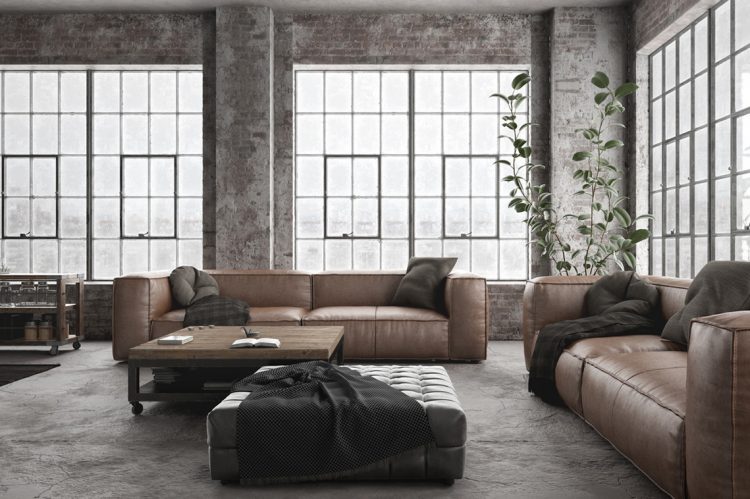With mortgage rates hitting a historical high and more people choosing to rent, adaptive reuse–seen by many as a viable solution to bring new apartments to the market–has jumped 25% compared to pre-pandemic levels, according to a new report from RentCafe released this week.
RentCafe’s annual Adaptive Reuse Report found that converted apartments are not only hitting new heights compared to pre-pandemic years, but the pace of adaptive projects is growing faster than new apartment construction. That’s largely due to a combination of office-to-residential projects hitting an all-time high and emerging smaller niches, like former healthcare and religious buildings being converted into apartments.
Key highlights:
- The 25% jump in converted apartments compared to pre-pandemic years roughly translates into 28,000 new rentals delivered nationwide in 2020 and 2021 combined.
- Washington, D.C., Philadelphia, and Chicago are the leaders when it comes to repurposed buildings during the pandemic, boasting a combined 15% of all apartment conversions in the U.S.
- Adaptive reuse apartments grew faster than new apartments—25% versus 10%—during the same timeframe.
- After maintaining a steady pace of growth of around 35% each year between 2012 and 2017, adaptive reuse saw a dramatic decrease of 24% between 2018-2019.
- Conversions from office to apartment hit a record high, with 11,090 apartments delivered in 2020 and 2021 alone, a 43% uptick compared to 20178 and 2019. Washington, D.C., Philadelphia and Chicago lead the way in this category as well.
- Office buildings are the most popular type post-pandemic, making up 40% of all adaptive reuse apartments.
- Smaller niches like former healthcare buildings are growing at a staggering faster pace. The number of apartments converted from healthcare buildings more than tripled during the pandemic compared to the 2018-2019 period, increasing by 212%.
- Next up come the religious buildings, with a 73% increase, followed by hotel conversions, which grew by 65.6%.
Major takeaway:
According to the report, 77,000 converted apartments are expected to be opened over the next several years. “As a matter of fact, nowhere is the future development of adaptive reuse more evident than in Los Angeles, where a total of 4,130 apartments resulting from conversions are expected,” said Andrea Neculae, a creative writer for RentCafe and author of the report. “As many as 1,242 apartments came online between January and June in Los Angeles, making this year the best one in the last decade.
“Existing building architecture is the critical starting point. Not all buildings are equally threatened by the work-from-home revolution. Larger office buildings in abandoned central business districts are better suited to conversion than the often-smaller office complexes distributed around the suburbs,” said Doug Ressler, manager of business intelligence at Yardi Matrix.
For the full report, click here.












